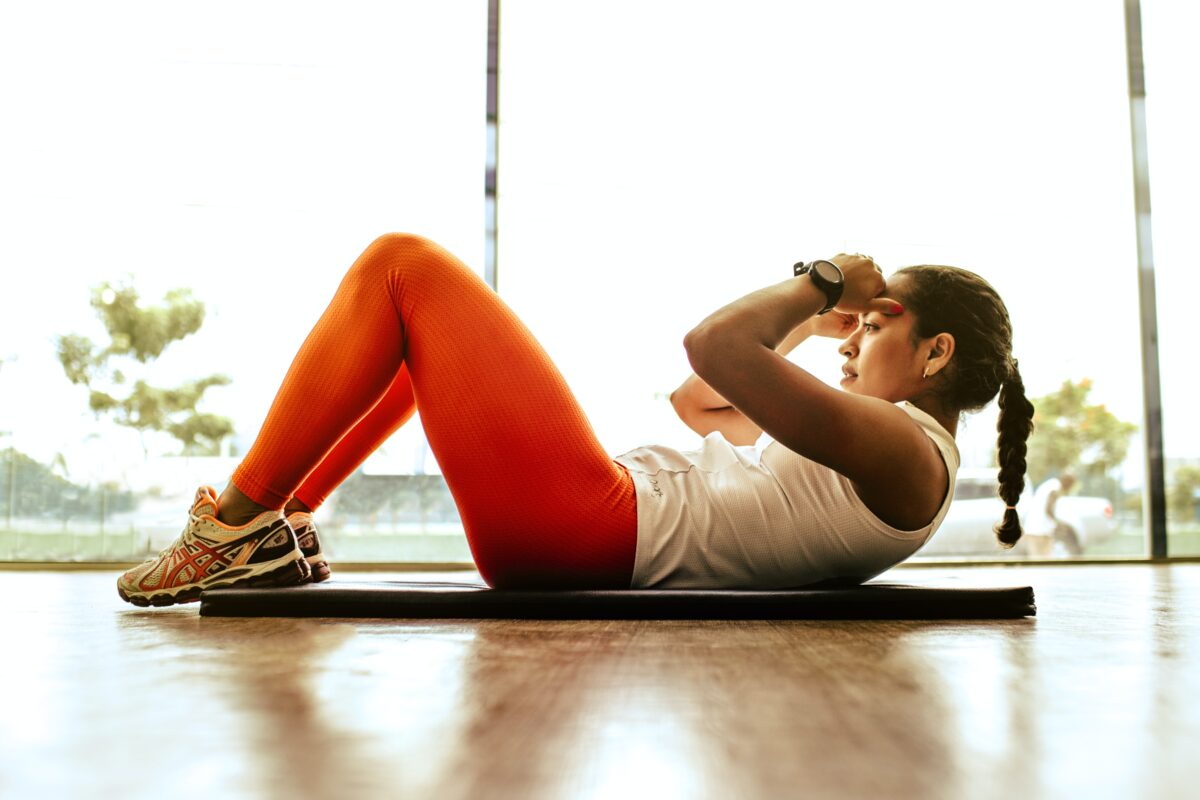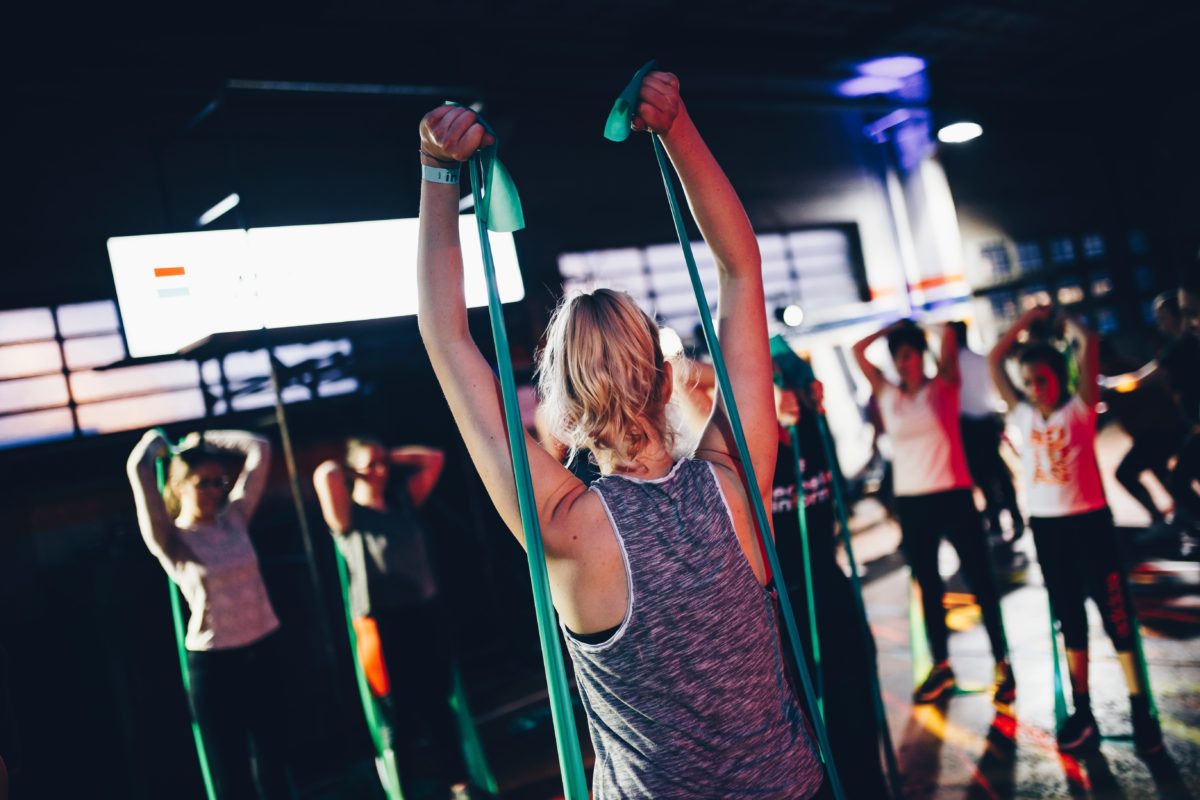If you’re responsible for marketing a fitness brand in any way, it might be challenging at times to think of creative fitness content that not only tells your brand story but also attracts and retains clients. The goal is to produce high-quality fitness content that’s … Continue reading “11 fitness content ideas you can use today”
8 tips to build your fitness brand from scratch
First impressions are everything, especially when it comes to your fitness brand. In fact, it takes only 10 seconds for a consumer to cement his or her first impression of your fitness brand. Fitness is a crowded industry with many similar-sounding and similar-looking brands. It’s … Continue reading “8 tips to build your fitness brand from scratch”
Want to receive more great content like this for free?
Subscribe to our newsletter to get best practices, recommendations, and tips for digital marketers


